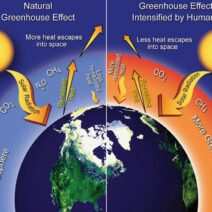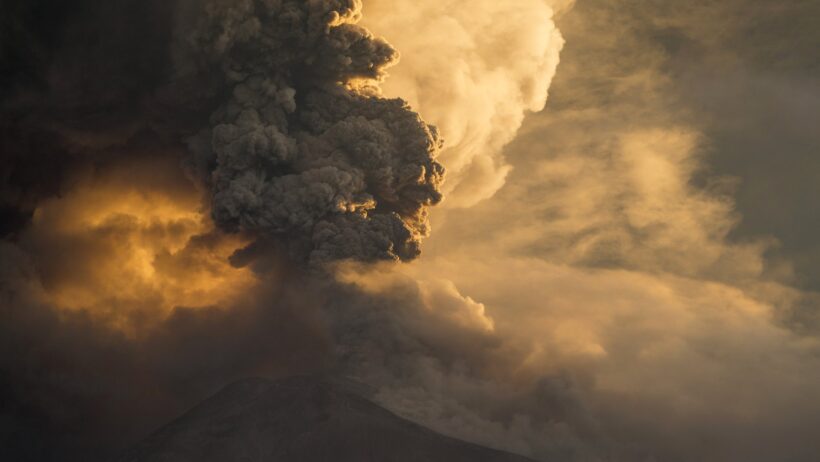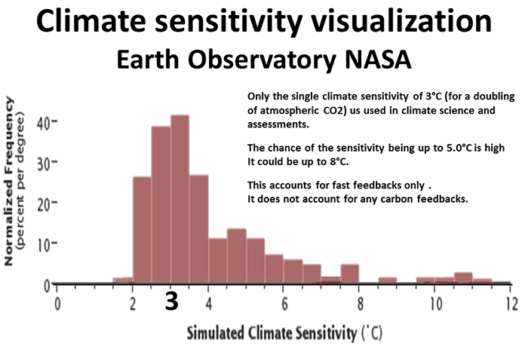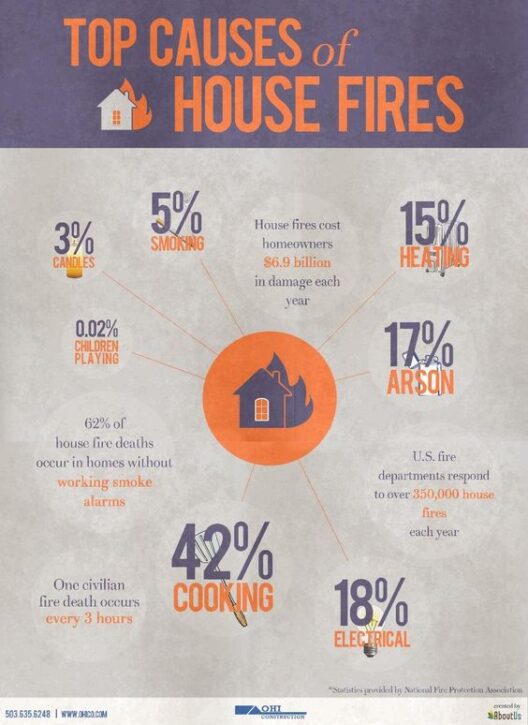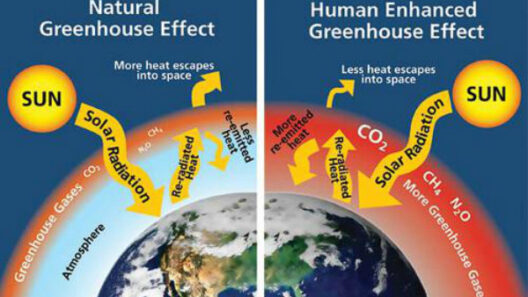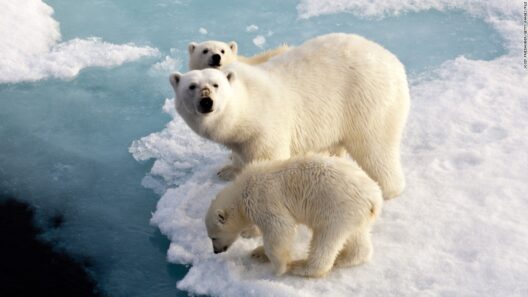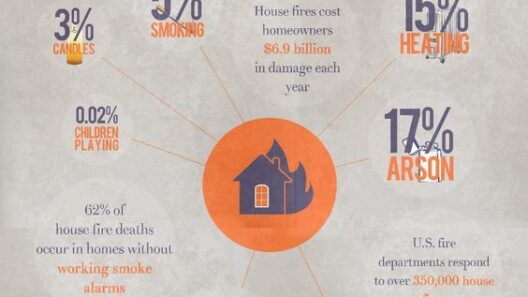Volcanoes play a significant yet often misunderstood role in the dynamics of Earth’s climate system. The interaction between volcanic activity and climate is multifaceted, encompassing both immediate and long-term effects. To comprehend whether volcanoes have anything to do with global warming, it is vital to explore several key topics: volcanic emissions, the distinction between explosive and effusive eruptions, the concept of volcanic cooling, and the broader implications on climate change.
First and foremost, volcanic eruptions release a variety of gases and particles into the atmosphere, which can influence climate in profound ways. When a volcano erupts, it emits ash, sulfur dioxide (SO2), water vapor, carbon dioxide (CO2), and other trace gases. Sulfur dioxide is particularly noteworthy because, upon reaching the stratosphere, it can form sulfuric acid aerosols. These aerosols reflect sunlight, leading to a cooling effect that can last from months to several years, depending on the intensity and duration of the eruption. This phenomenon is known as volcanic cooling.
Moreover, the distinction between explosive eruptions and effusive eruptions is crucial. Explosive eruptions, characterized by violent explosions that propel ash and gases high into the atmosphere, have a more pronounced cooling effect. Historic examples include the 1815 eruption of Mount Tambora, which resulted in 1816 being dubbed “the year without a summer.” This eruption led to widespread crop failures and food shortages in the Northern Hemisphere due to a significant decline in temperatures. In contrast, effusive eruptions, such as those seen in Hawaii, produce lava flows with less potential to inject massive amounts of aerosols into the stratosphere, resulting in a negligible cooling effect.
In the context of global warming, volcanic activity juxtaposes with human-induced emissions. The greenhouse gases released during eruptions, mainly CO2, can contribute to warming. However, this contribution is minimal compared to anthropogenic sources, such as fossil fuel combustion. While the carbon dioxide released from volcanoes is significant—roughly 65 to 110 million tonnes annually—it pales in comparison to the billions of tonnes emitted by human activity. Thus, while volcanic eruptions can contribute to CO2 levels, their overall effect is largely overshadowed by industrial emissions.
Another aspect to consider is the historical perspective on volcanoes related to climate variability. Throughout Earth’s history, there have been periods where volcanic activity correlated with cooler climate phases. For instance, the Last Glacial Maximum and the ensuing Holocene epoch were influenced in part by volcanic activity, wherein increased eruption rates contributed to global cooling. However, these events are distinct from the current trend of anthropogenic global warming, which is occurring at an unprecedented rate.
Research suggests that recent volcanic activity during the past century has demonstrated a complex interplay with climate change. For example, the mid-20th century experienced a “global warming hiatus,” a period of plateauing temperatures that some studies attributed in part to increased volcanic activity. This conditioned a temporary cooling effect that masked the relentless rise in global temperatures primarily driven by greenhouse gas concentrations. Nevertheless, this hiatus was not an indication of a long-term trend, as the foundational cause of global warming remained intact.
Moreover, it is prudent to discuss the feedback mechanisms involved in the climate system when analyzing volcanic activity. The cooling effects from volcanic eruptions might lead to temporary relief from global warming. However, such episodes produce an array of ecological consequences. For instance, prolonged volcanic cooling can disrupt agricultural patterns, alter precipitation regimes, and impact ecosystems. These disturbances manifest through adverse effects on food security and biodiversity, aligning them more closely with the broader inquiries of climate change rather than providing a solution.
An additional dimension of the volcano-climate interaction is the impact of volcanic soils. Fertile volcanic soils can enhance agricultural productivity in regions prone to eruptions. Consequently, societies often settle in areas with heightened volcanic activity due to the richness of the soil. However, as climate change progresses, these regions may become increasingly vulnerable to the erosive effects of extreme weather patterns, leaving dependent communities susceptible to food insecurity and displacement.
In summation, volcanoes indeed exert influence over climate, yet the relationship is both complex and nuanced. While they can produce cooling effects that temporarily offset global warming, this cooling is transitory and insufficient to counterbalance the overarching trajectory induced by anthropogenic greenhouse gas emissions. To address climate change effectively, we must focus on reducing carbon output and enhancing resilience, all while acknowledging the inherent role of natural phenomena such as volcanic activity. Understanding this intricate balance is essential not only for climatology but also for informing policy decisions that aim to mitigate the adverse effects of climate change on both human and ecological systems.
Ultimately, as we navigate the complexities of climate change, it becomes crucial to consider the myriad influences on Earth’s climate, including volcanic activity. This knowledge empowers us to develop informed strategies to safeguard our planet and enhance adaptive capacities in the face of inevitable climatic challenges.
